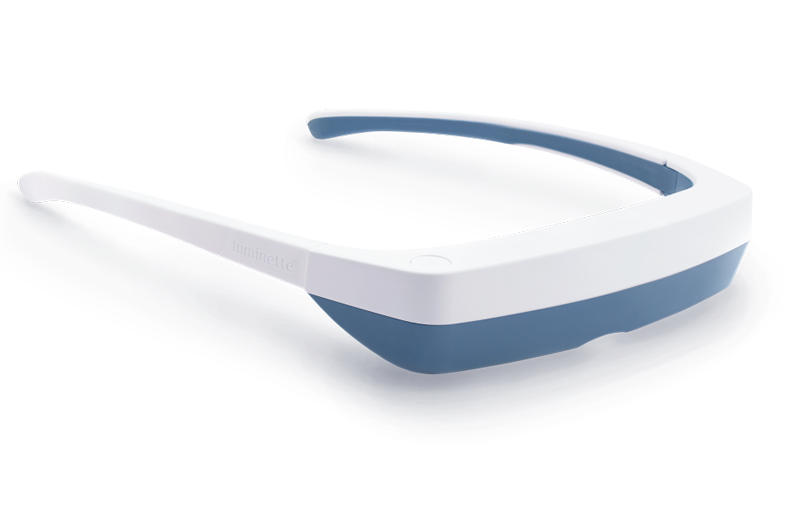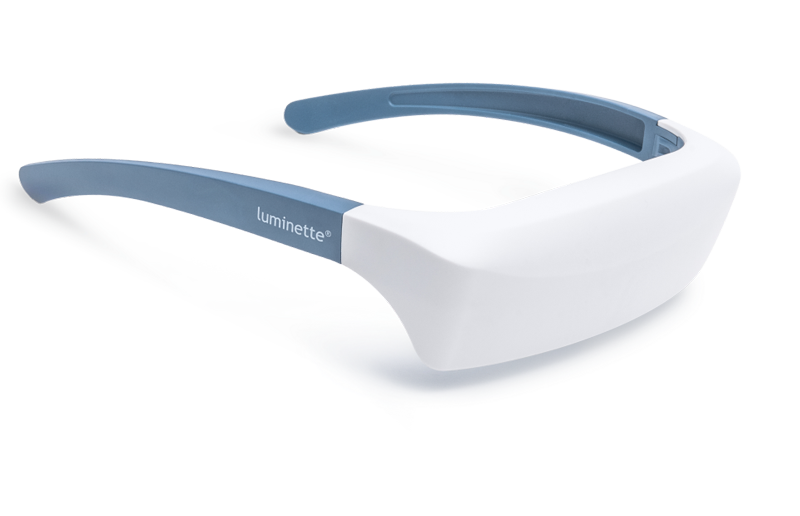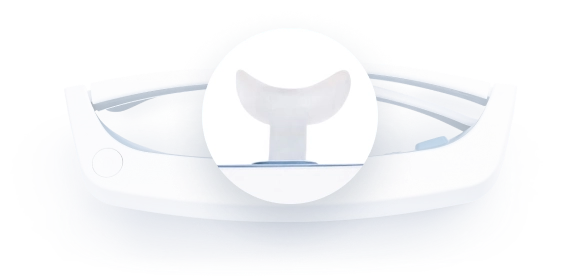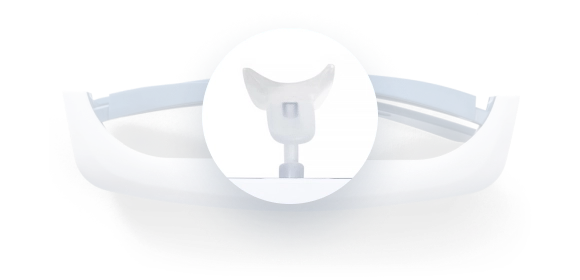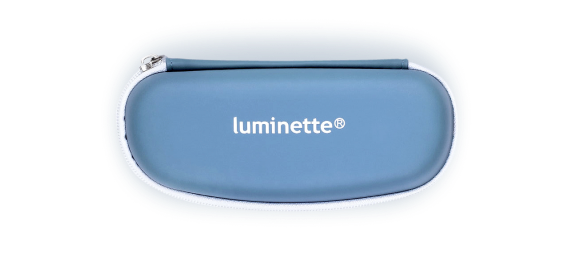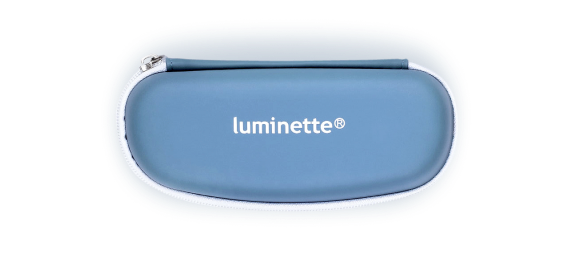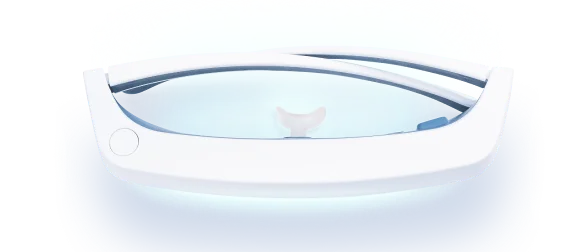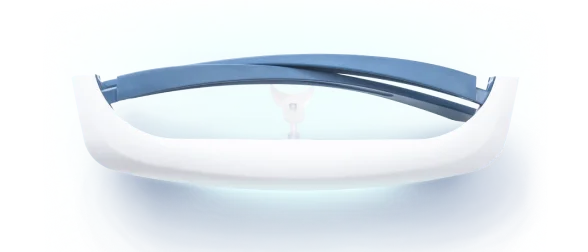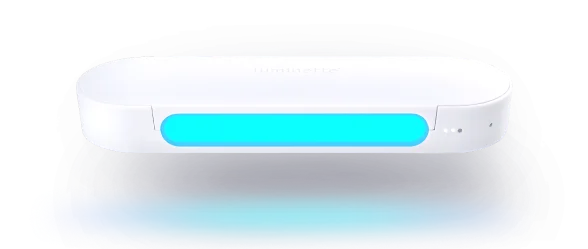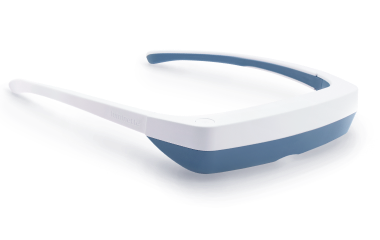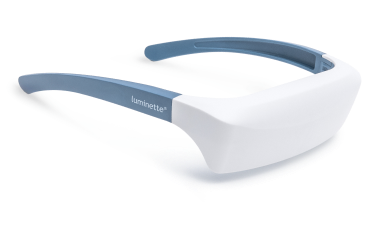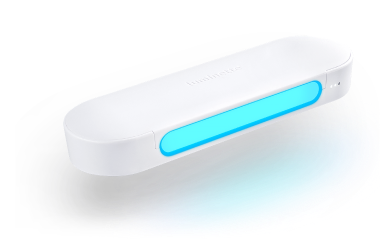La luce LED è particolarmente efficace nel trattamento di condizioni dermatologiche come acne o rosacea.
Il trattamento a base di luce è comunemente usato per condizioni legate all'umore e ai disturbi del sonno, ma porta anche vantaggi per la cura della pelle. Nel contesto della salute cutanea, questo metodo è spesso chiamato “fototerapia”, che coinvolge l'esposizione ai LED. Imita varie tonalità di luce naturale, escludendo i raggi UV dannosi, rendendolo sicuro sia per la pelle che per il benessere generale.
Una luce fredda
A differenza dei laser, i LED emettono una luce fredda le cui onde penetrano la pelle per stimolare la sintesi di collagene ed elastina e attivare i fibroblasti, cellule giovanili.
Ogni colore della luce LED penetra a livelli diversi e offre benefici differenti. La luce rossa penetra più in profondità. Ha effetti anti-invecchiamento, riduce le cicatrici, favorisce la crescita dei capelli, aumenta la microcircolazione e quindi la distribuzione dei nutrienti. La luce verde migliora la radiosità della pelle e attenua la pigmentazione indotta dal sole. La luce gialla affronta il rossore migliorando la circolazione sanguigna e linfatica. Infine, la luce blu vanta potenti proprietà anti-infiammatorie. Viene usata per combattere i batteri e bilanciare la produzione di sebo, specialmente in caso di acne o pelle grassa.
La scienza dietro la terapia con luce LED
La terapia con luce LED funziona emettendo luce a lunghezze d'onda specifiche, che penetrano la pelle a diverse profondità. Queste lunghezze d'onda stimolano i naturali processi di guarigione della pelle, inclusa la produzione di collagene e la rigenerazione cellulare. Questo la rende un trattamento prezioso per una varietà di problematiche dermatologiche, offrendo soluzioni non invasive per tutto, dall'acne e la rosacea ai segni dell'invecchiamento e alle discromie cutanee. Mimando gli effetti benefici della luce solare senza i raggi UV dannosi, la terapia con luce LED offre un'alternativa più sicura all'esposizione tradizionale al sole.
Un trattamento efficace per l'acne
Oggi, le sessioni di fototerapia sono orientate verso applicazioni di bellezza. Molti consumatori le usano per migliorare ulteriormente l'aspetto della loro pelle. Tuttavia, è facile trascurare il loro potenziale nel trattare condizioni cutanee persistenti come l'acne.
È una pratica non invasiva ma efficace con potenti proprietà antinfiammatorie che possono bilanciare la produzione di sebo, stringere i pori e colpire i batteri responsabili dell'acne, noti come "p-acne." Naturalmente, per queste specifiche problematiche, le sessioni di fototerapia dovrebbero essere combinate con una buona igiene della pelle e una dieta sana per ottenere i migliori risultati.
Benefici della terapia con luce LED
Le luci LED sono disponibili dagli anni '60, ma sono state utilizzate solo negli ultimi anni per trattare la pelle. Diverse lunghezze d'onda penetrano nella pelle a diverse profondità, rendendo questa terapia utile per trattare una varietà di condizioni cutanee, inclusa l'acne.
La luce blu è spesso usata per trattare l'acne. Studi mostrano che la luce blu può uccidere i batteri responsabili dell'acne. Può anche ridurre la produzione delle ghiandole sebacee. Questo impedisce al follicolo pilifero di ostruirsi e causare acne.
La luce rossa è anche tipicamente usata in combinazione con la luce blu per aiutare a ridurre infiammazione e rossore.
Invecchiamento. La luce rossa stimola le cellule della pelle chiamate fibroblasti. Queste aiutano a produrre collagene, che è una parte importante del recupero della pelle. Alcuni studi hanno rilevato che la terapia con luce LED rossa rassoda la pelle, riduce rughe e linee sottili, e rende la pelle più liscia e morbida.
La terapia fotodinamica con acido 5-aminolevulinico e luce LED allevia anche le linee sottili e rende la pelle più morbida.
Guarigione delle ferite. La luce LED rossa stimola il collagene, importante per la guarigione delle ferite. Le persone che hanno subito un intervento chirurgico per il resurfacing della pelle hanno anche ricevuto terapia con luce LED rossa dopo la procedura. Studi hanno rilevato che questa forma di terapia della luce riduce rossore, gonfiore ed ecchimosi, e accelera il processo di guarigione.
Fototerapia: una nicchia per i marchi cosmetici
Diverse marche cosmetiche ben note si sono avventurate nel campo dei dispositivi di fototerapia, creando accessori di bellezza high-tech. Neutrogena è stata una pioniera in questo ambito, sviluppando la prima maschera anti-acne domestica dotata di LED blu e rossi. Il suo scopo principale è eliminare l'acne e promuovere il rinnovamento cellulare per l'auto-guarigione della pelle.
Foreo, il marchio svedese specializzato in strumenti di bellezza, ha anche introdotto un dispositivo che combina termoterapia, crioterapia e terapia della luce. Il dispositivo può essere controllato tramite un'app per smartphone. Il suo design moderno è accattivante. I LED rossi, blu e verdi aiutano a opacizzare, ringiovanire, illuminare, idratare, rigenerare e bilanciare, a seconda della maschera complementare utilizzata. Il marchio ha recentemente lanciato una nuova gamma di maschere realizzate con ingredienti naturali di alta qualità e cruelty-free. Rosa bulgara, miele di manuka, acai, tè verde, olio di cocco... c'è qualcosa per tutte le preferenze, tipi di pelle e problematiche.
Tuttavia, i professionisti raccomandano di sottoporsi a sessioni di fototerapia presso cliniche di medicina estetica e dermatologia. Questi trattamenti richiedono l'esperienza di uno specialista, sia durante che dopo le sessioni. Inoltre, i consumatori potrebbero non avere sempre le conoscenze necessarie per identificare le esigenze della propria pelle e potrebbero utilizzare LED non adatti. Pur essendo generalmente sicuri, un professionista apporta l'esperienza necessaria di cui i pazienti hanno bisogno.
Come Funziona la Fototerapia a Casa
La fototerapia non è più limitata a cliniche o studi dermatologici. Grazie a dispositivi indossabili innovativi come gli occhiali per la fototerapia, chiunque può ora beneficiare di questa tecnologia nel comfort della propria casa — mentre legge, si rilassa o svolge la propria routine quotidiana.
A differenza di trattamenti invasivi o prodotti chimici aggressivi, la fototerapia a LED stimola delicatamente la pelle usando lunghezze d'onda specifiche che supportano:
Produzione di collagene
Regolazione del sebo
Riduzione dell'infiammazione
Miglioramento della microcircolazione
Questi effetti contribuiscono a una pelle più chiara, soda e luminosa — tutto senza interrompere la tua routine.
Che tu abbia problemi di sfoghi, opacità o sensibilità, incorporare solo 10–20 minuti di fototerapia al giorno può gradualmente migliorare l'aspetto e la resilienza della tua pelle.
Consigli per l'Uso della Fototerapia nel Trattamento della Pelle

Comprendi Prima le Esigenze della Tua Pelle
Prima di iniziare qualsiasi trattamento di fototerapia, è importante identificare le specifiche problematiche della tua pelle. Che tu abbia a che fare con acne, pigmentazione, rossore o segni di invecchiamento, ogni condizione risponde a diverse lunghezze d'onda della luce LED. Un dermatologo può aiutarti a determinare quale tipo di terapia luminosa sarà più efficace.
Scegli il Colore LED Giusto
Ogni colore della luce LED penetra la pelle a diverse profondità e mira a problematiche uniche:
Blue Light : Ideale per acne, pelle grassa e infiammazioni batteriche.
Red Light : Ottimo per l'anti-invecchiamento, migliorare la produzione di collagene e la guarigione delle cicatrici.
Green Light : Utile per ridurre l'iperpigmentazione e uniformare il tono della pelle.
Yellow Light : Aiuta con rossore, rosacea e migliora la circolazione sanguigna.
Scegliere la lunghezza d'onda corretta garantisce risultati ottimali e minimizza il rischio di irritazioni o inefficacia.
Sii Costante con il Trattamento
La terapia della luce non è una soluzione unica. Per risultati visibili e duraturi, la costanza è fondamentale. La maggior parte dei dispositivi richiede più sessioni a settimana, solitamente della durata di 10–20 minuti ciascuna. Crea un programma regolare e mantienilo per diverse settimane per iniziare a notare miglioramenti.
Segui con una Corretta Cura della Pelle
La terapia della luce LED funziona meglio se abbinata a una routine di cura della pelle adeguata. Pulisci accuratamente la pelle prima del trattamento e applica prodotti nutrienti e non irritanti dopo. Sieri idratanti, creme o maschere lenitive possono migliorare i benefici della luce e aiutare a mantenere l'equilibrio della pelle.
Usa Dispositivi Affidabili o Cerca Trattamenti Professionali
Se stai usando un dispositivo per la terapia della luce a casa, assicurati che sia approvato dalla FDA o medico. Cerca modelli che specifichino la lunghezza d'onda e l'output energetico. In alternativa, i trattamenti professionali nelle cliniche dermatologiche spesso offrono risultati più forti e mirati sotto supervisione esperta.
Conclusione
La terapia della luce è emersa come una soluzione sicura, non invasiva e supportata dalla scienza per una gamma di problemi cutanei. Dal combattere l'acne al ringiovanire la pelle invecchiata, i suoi benefici sono ampi e ben documentati. Tuttavia, il successo con la terapia della luce dipende dalla scelta del tipo giusto di luce, dal mantenere un uso costante e dal completarla con una corretta routine di cura della pelle. Sia a casa che in un ambiente professionale, se usata correttamente, la terapia della luce può essere un potente alleato per ottenere una pelle più sana, chiara e luminosa.
FAQ
1. Cos'è la terapia della luce e come funziona per il trattamento della pelle?
La terapia della luce utilizza luci LED con diverse lunghezze d'onda per penetrare la pelle a varie profondità. Questo aiuta a trattare diverse condizioni cutanee come acne, segni dell'invecchiamento e guarigione delle ferite stimolando le cellule responsabili della rigenerazione della pelle.
2. La terapia della luce è efficace per trattare l'acne?
Sì, la luce blu è particolarmente efficace per il trattamento dell'acne. Uccide i batteri che causano l'acne e aiuta a ridurre la produzione di sebo, prevenendo i pori ostruiti che portano alle eruzioni cutanee.
3. La terapia della luce può davvero ridurre i segni dell'invecchiamento?
La luce rossa stimola la produzione di collagene, che aiuta a ridurre rughe e linee sottili, migliora la texture della pelle e promuove la rigenerazione cutanea. Questo può portare a una pelle più soda e liscia.
4. La terapia della luce aiuta nella guarigione delle ferite?
Sì, la luce rossa può accelerare la guarigione delle ferite stimolando la produzione di collagene. Viene spesso utilizzata dopo procedure di resurfacing cutaneo per ridurre rossore, gonfiore ed ecchimosi, accelerando il recupero.
5. Ci sono rischi o effetti collaterali con la terapia della luce?
Generalmente, la terapia della luce è sicura se usata correttamente. Tuttavia, è essenziale seguire le istruzioni del produttore ed evitare l'esposizione eccessiva. Se hai la pelle sensibile o condizioni cutanee specifiche, è meglio consultare un dermatologo prima di iniziare la terapia della luce.
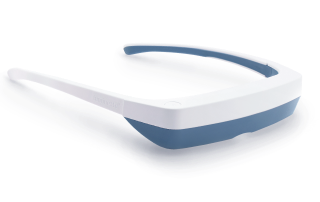

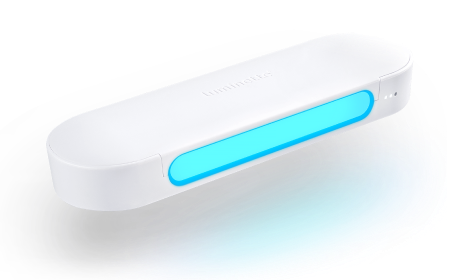

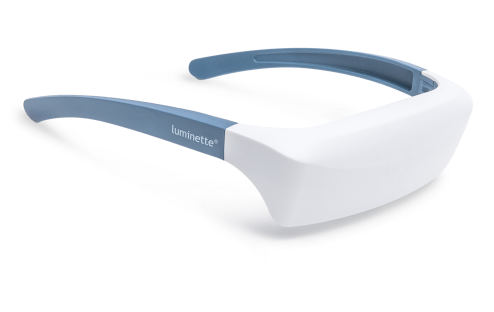
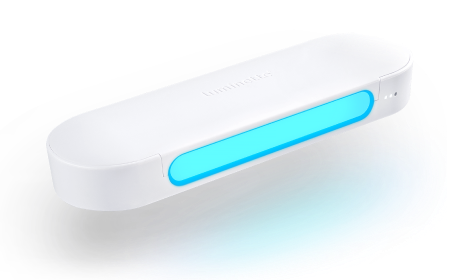
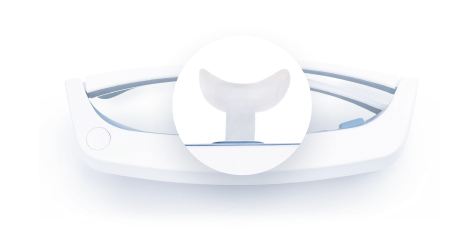
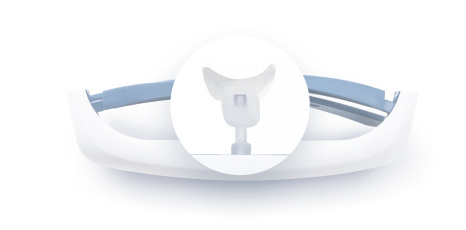
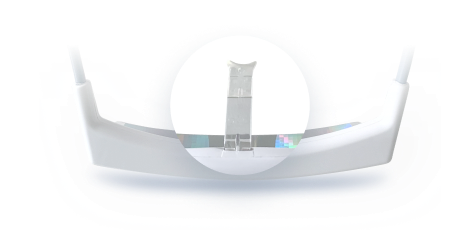
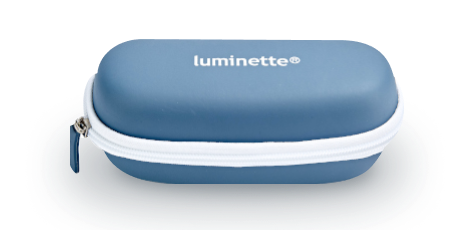

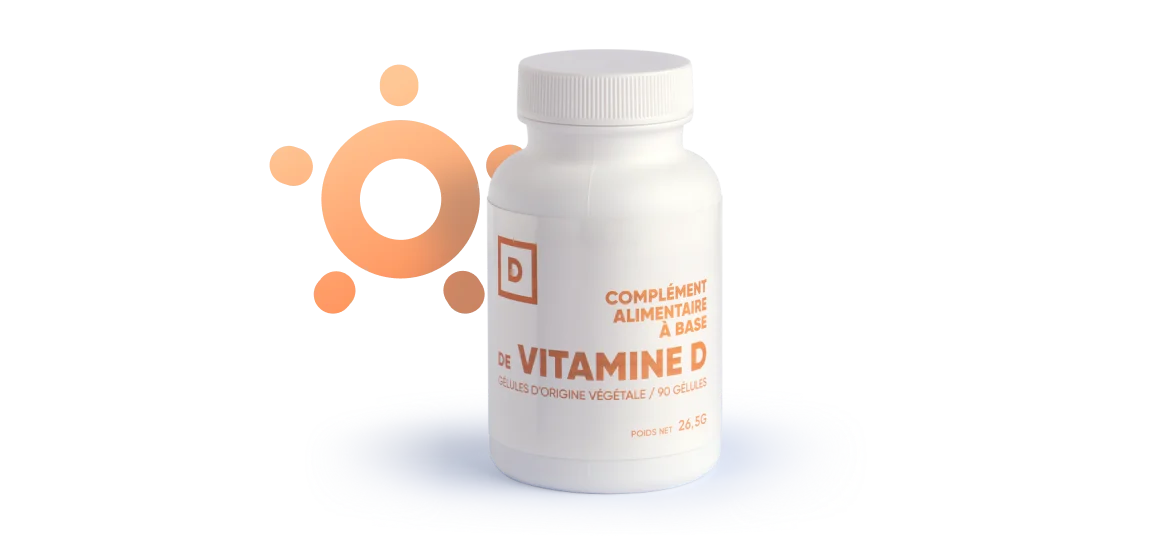
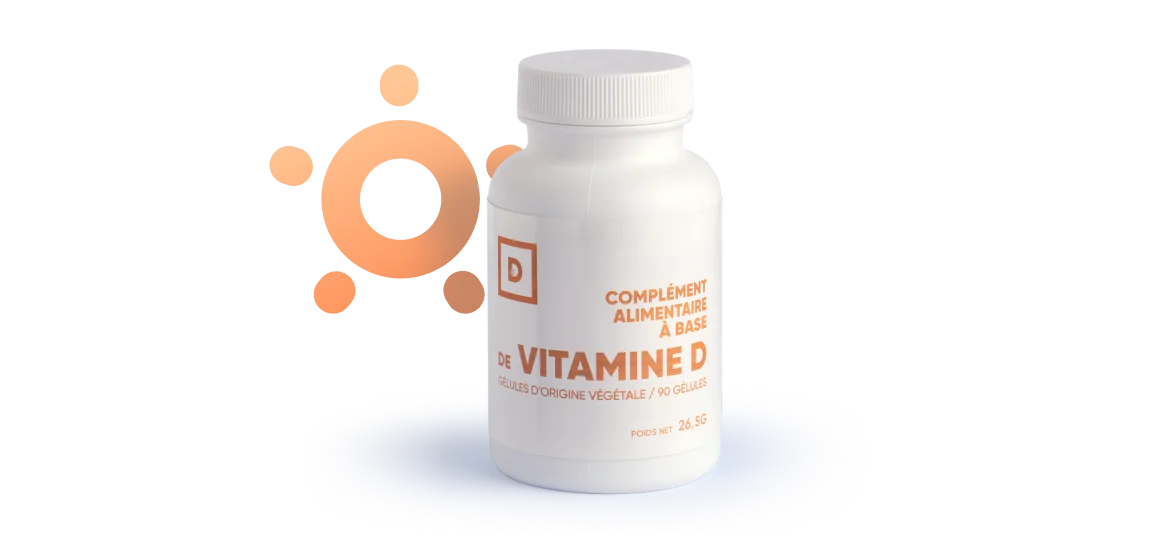



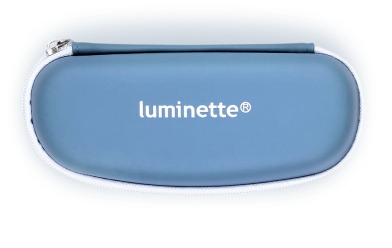
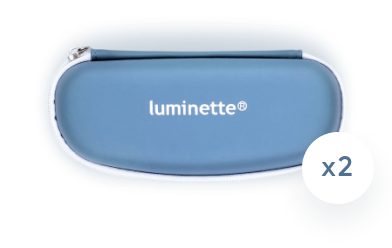


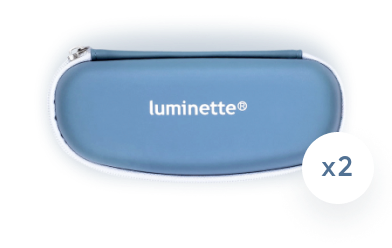
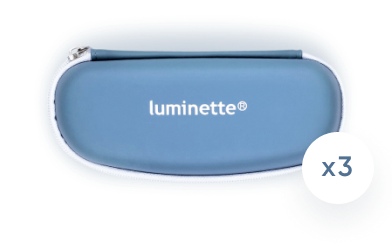
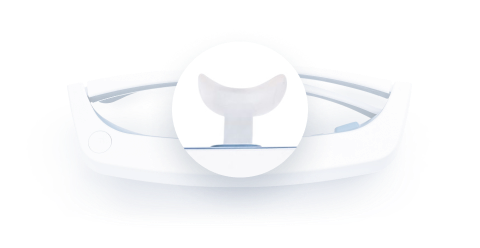
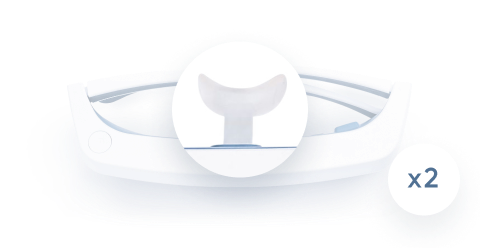
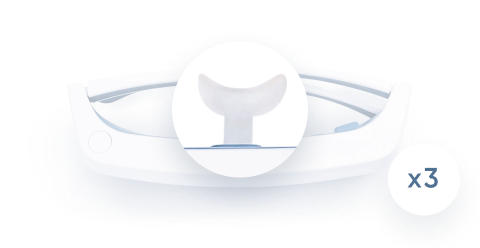
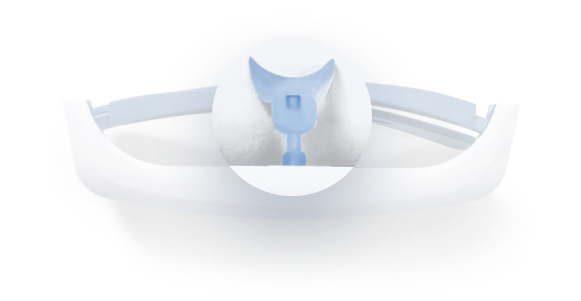
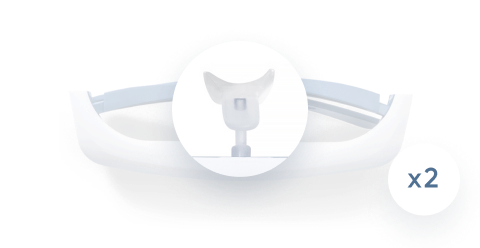
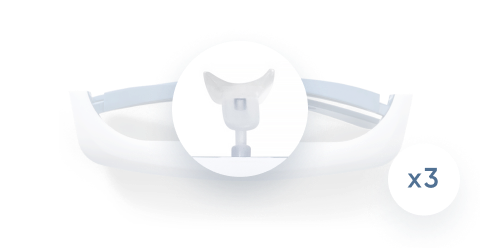

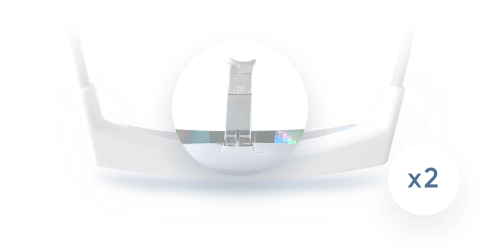

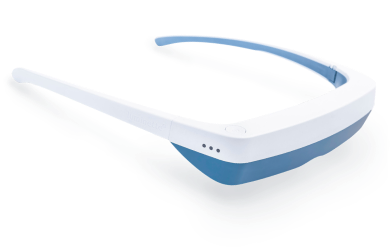

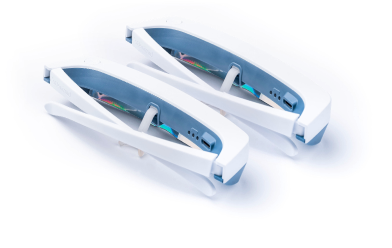
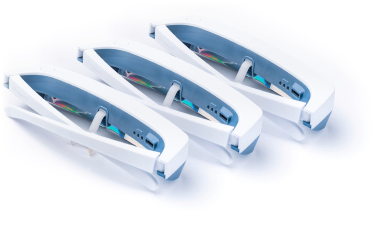
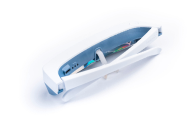

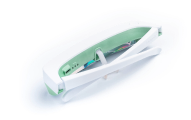
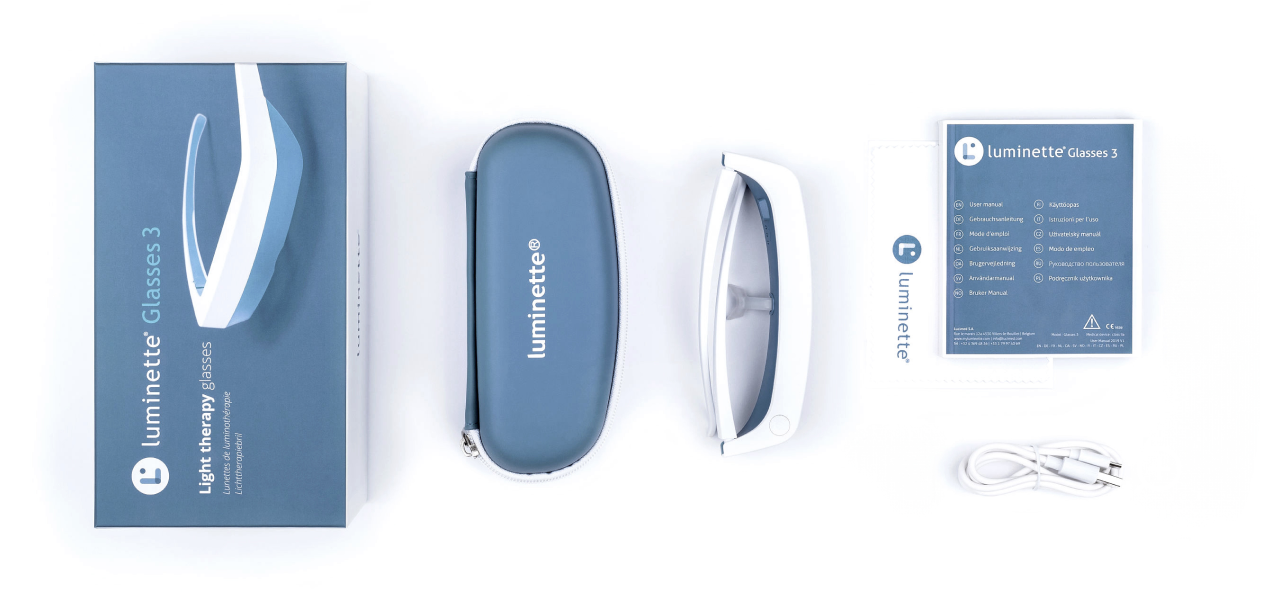
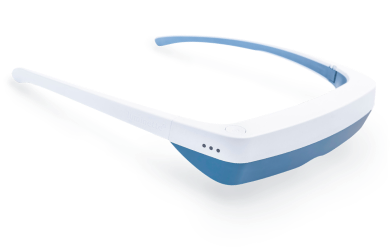

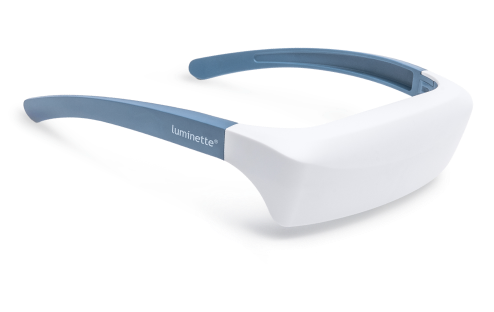
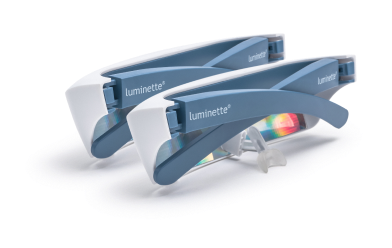
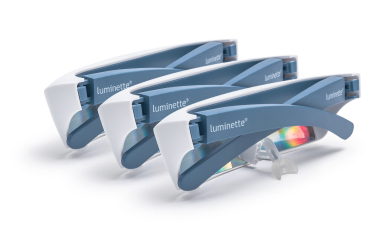
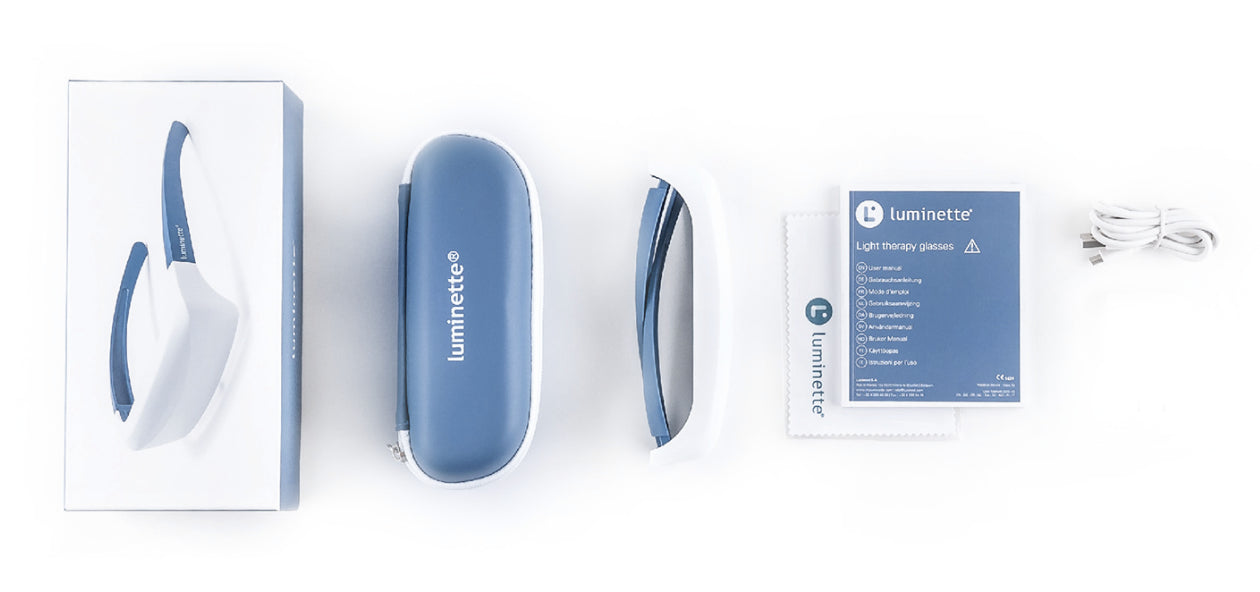

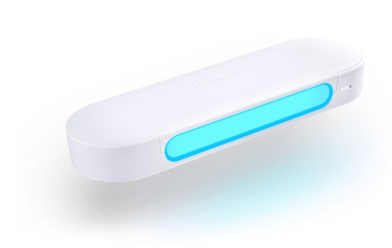

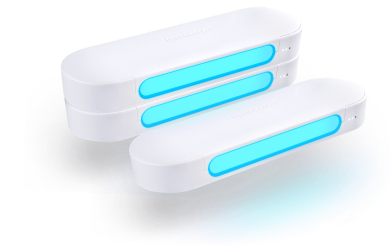
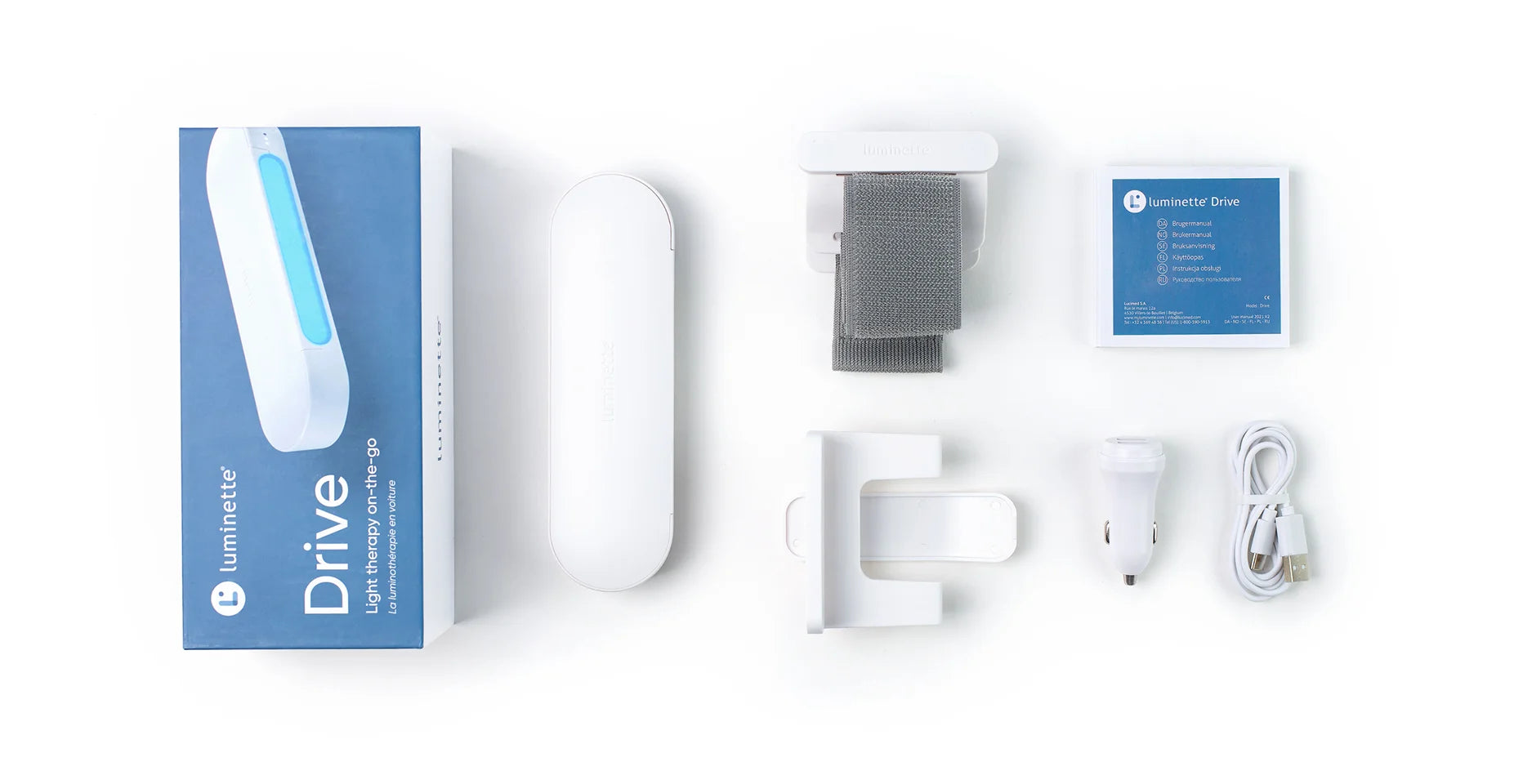

 Please note
Please note

